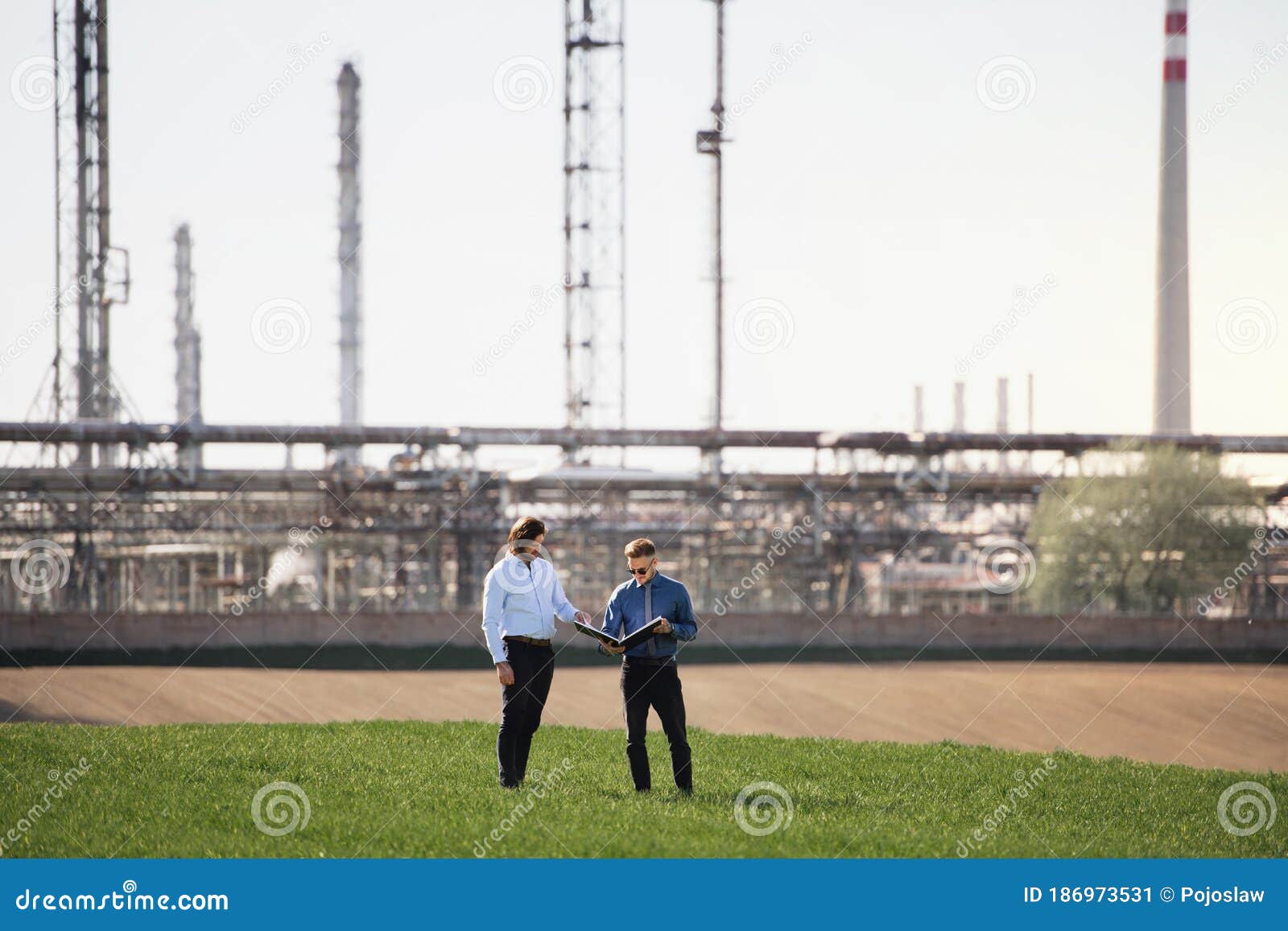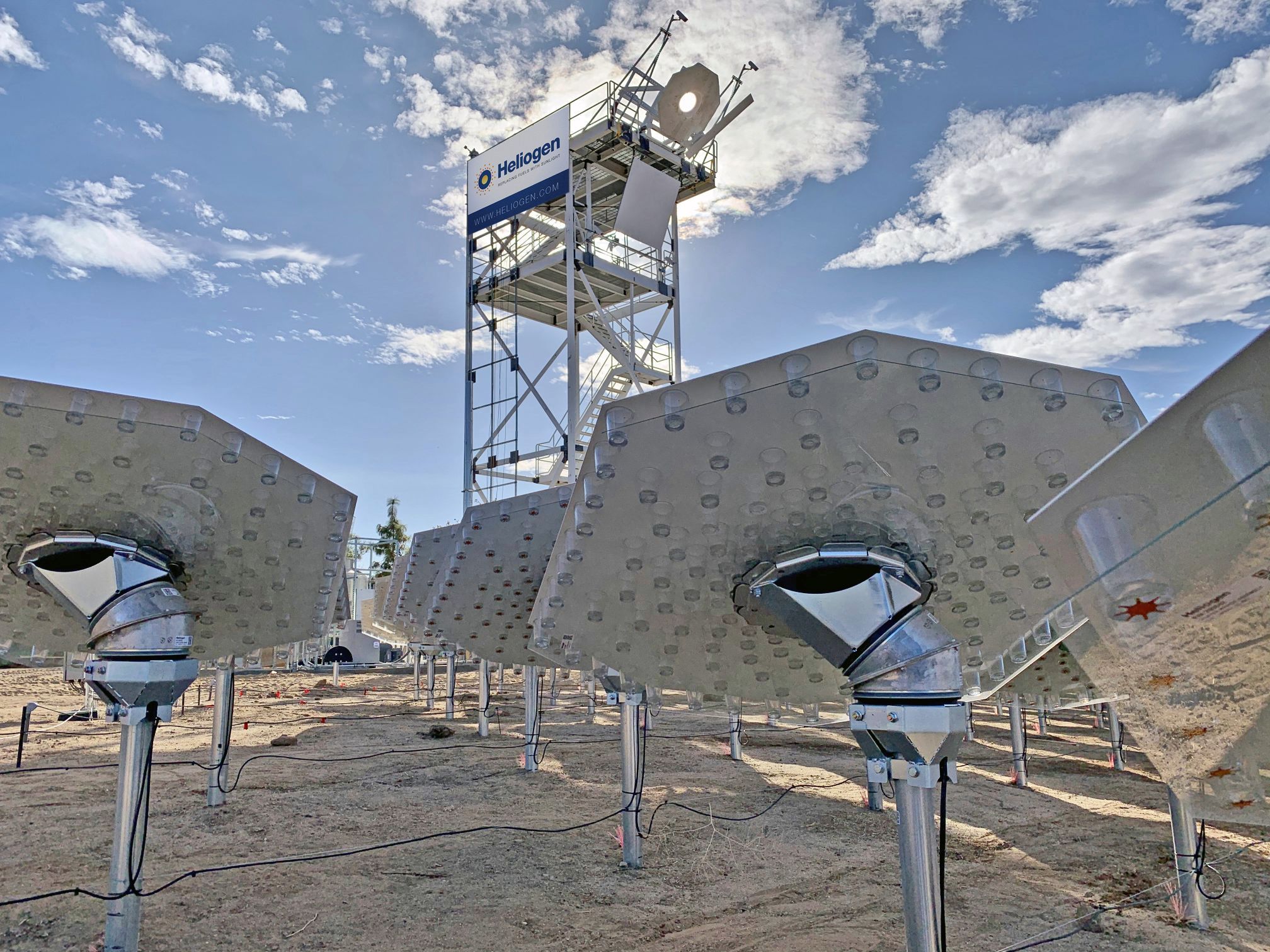

UK refineries together produce 156,563 Nm 3/h of hydrogen 1, which equates to over 100,000 t/y. Hydrocracking is a process which takes heavier refinery products and cracks the large molecules into smaller ones (distillate such as diesel or petrol) in the presence of hydrogen and a catalyst. HDS is a catalytic chemical process widely used to remove sulfur from natural gas and from refined petroleum products, such as gasoline or petrol, jet fuel, kerosene, diesel fuel, and fuel oils. Hydrogen is consumed in refineries in a variety of hydro-desulfurisation (HDS) and hydrocracking operations. It has a role, often far beyond the obvious and this short article describes some of them. Today, hydrogen is recognised as a premium product, and is produced with purities in the order of 99.999%. These were hydrogenation (1897), the Haber process to make ammonia (1910), and hydrocracking (1920). However, three subsequent discoveries really opened up the possibilities to realise its chemical potential. It was not until 1783 when Jaques Charles made a hydrogen balloon large enough to carry him and a colleague over a distance of 36 km at a height of up to 550 m that it was appreciated that hydrogen had other uses.



To access these two assets, significant efforts are being made to produce hydrogen cost effectively in bulk, and to manage, or engineer a way out of, some of the downsides of simply burning it. Its principal advantages are seen as its high calorific value and the “carbon-free” nature of its combustion products (simplistically, water). There is significant, and understandable, focus today on the potential use of hydrogen as a substitute for natural gas for heating and electricity generation. Andy Brown describes some of its many roles Hydrogen is recognised as a high purity premium product.


 0 kommentar(er)
0 kommentar(er)
